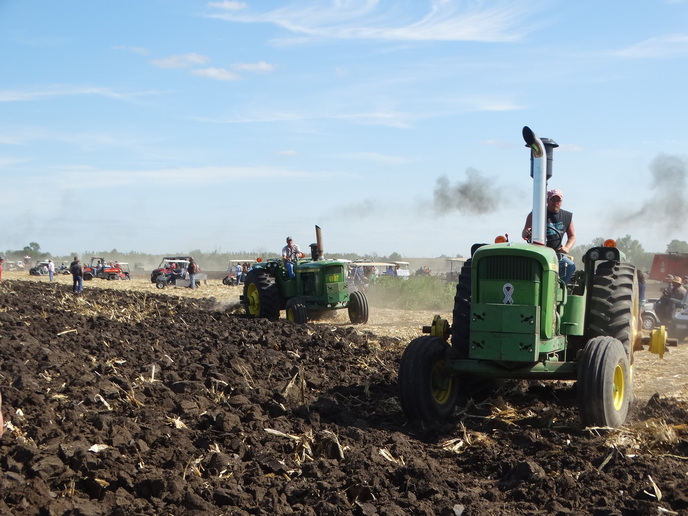A posting here several days ago got me curious.....where are the "best" or 'most productive' soils located in USA? I believe there may be such a thing as a class A or a class #1 soil? Is there a map of the USA that shows where these soils are located? Lets say you had unlimited resources to throw away on a farm and your only criteria was that you wanted to buy only the best soils? What source of information would you use to isolate the area where you should buy? I suppose this could be crop dependent as well? That is, maybe the best soils for wheat are in eastern Nebraska but the best soils for soybeans are in central Indiana just speaking hypothetically. If that is true, maybe give me the best ones for corn, beans, and alfalfa.
- Thread starter SHALER
- Start date
Similar threads
We sell tractor parts! We have the parts you need to repair your tractor - the right parts. Our low prices and years of research make us your best choice when you need parts. Shop Online Today.
Copyright © 1997-2024 Yesterday's Tractor Co.
All Rights Reserved. Reproduction of any part of this website, including design and content, without written permission is strictly prohibited. Trade Marks and Trade Names contained and used in this Website are those of others, and are used in this Website in a descriptive sense to refer to the products of others. Use of this Web site constitutes acceptance of our User Agreement and Privacy Policy TRADEMARK DISCLAIMER: Tradenames and Trademarks referred to within Yesterday's Tractor Co. products and within the Yesterday's Tractor Co. websites are the property of their respective trademark holders. None of these trademark holders are affiliated with Yesterday's Tractor Co., our products, or our website nor are we sponsored by them. John Deere and its logos are the registered trademarks of the John Deere Corporation. Agco, Agco Allis, White, Massey Ferguson and their logos are the registered trademarks of AGCO Corporation. Case, Case-IH, Farmall, International Harvester, New Holland and their logos are registered trademarks of CNH Global N.V.
Yesterday's Tractors - Antique Tractor Headquarters
Website Accessibility Policy


